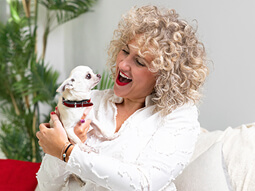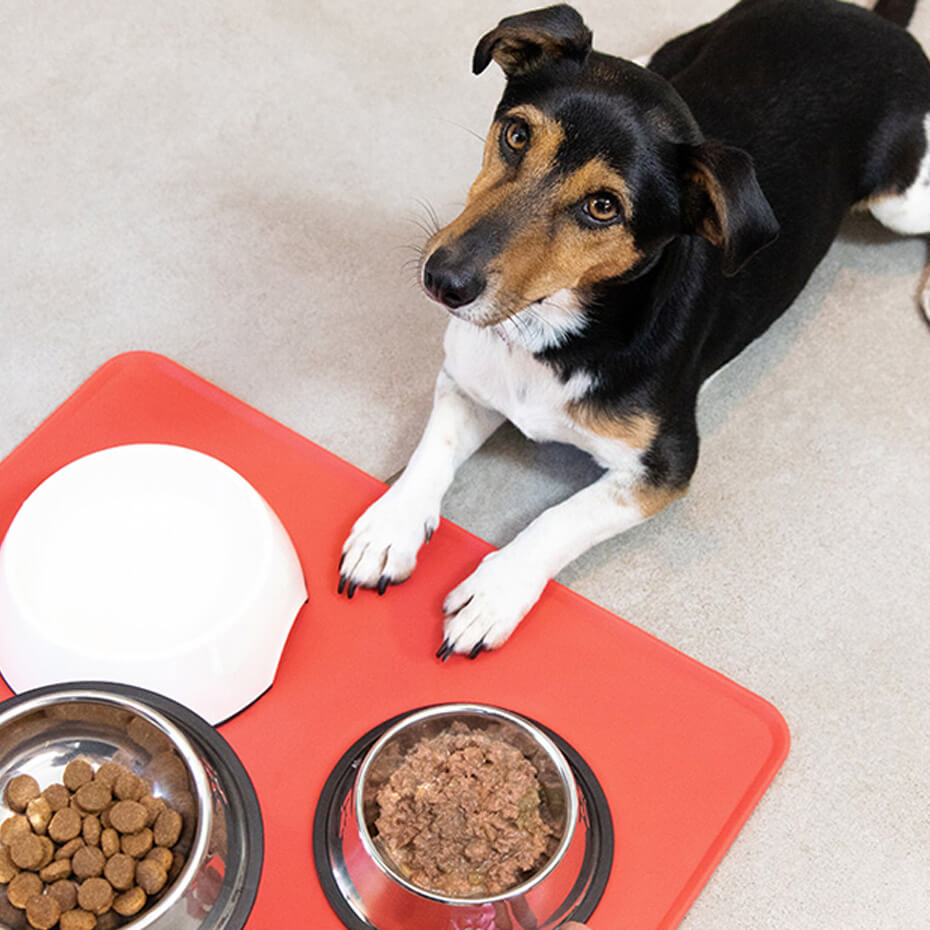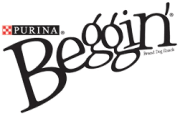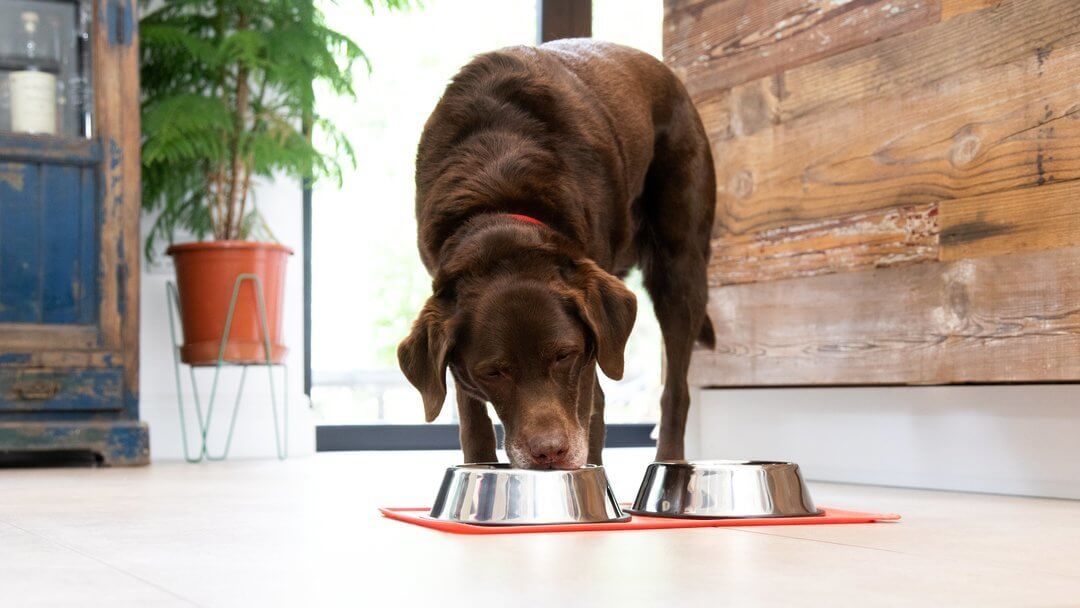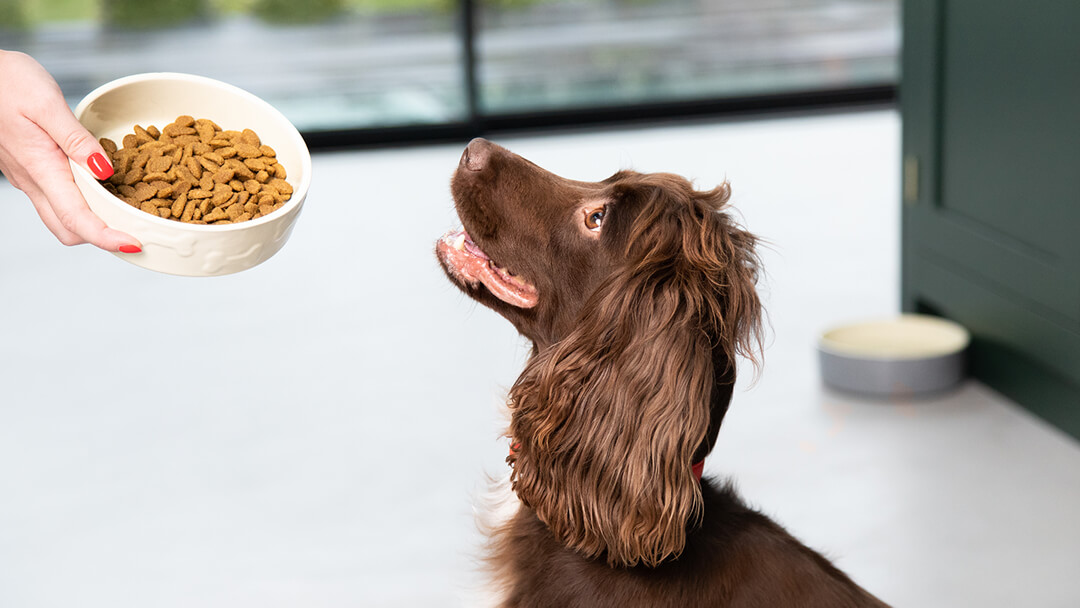
Our health checklist will help you monitor your dog for any signs of sickness or pain.
MONITORING MATTERS
Prevention is always better than a cure and your dog’s health is no exception. Every month you should check your dog carefully for early signs of illness. Just remember that some dogs are very good at hiding illness or pain, so you need to be vigilant.
DOG HEALTH CHECKLIST
- Body condition – you should just be able to feel the ribs and no more; there should be a “waist” between your dog’s ribs and hips and the belly should not sag. Watch for signs of weight loss or weight increase.
- Ears – your dog’s ears should be clear of any thick brown or green wax with no smell. Some long-eared breeds benefit from regular ear cleaning with special ear cleaners. Be careful what you use to clean the ears – the skin is very sensitive – and don’t clean too deeply or vigorously, as the eardrum can be easily perforated. If in doubt, ask your vet for help.
- Eyes – eyes should be bright and clear, with no signs of runniness, redness or soreness. Your dog should not shy away from light as if it hurts the eyes. Eye problems can sometimes be accompanied by flu-like symptoms.
- Nose – Don’t be concerned if your dog’s nose isn’t wet and cold – it is common for healthy dogs to have dry noses. Instead make sure there is no crusting on the surface of the nose, runny discharges or bleeding. If you have any concerns, ask your vet for help.
- Breath – bad breath is not just a cosmetic or social problem (we all know dogs with bad breath can be less than pleasant company). Bad breath can indicate a digestive problem or bad teeth, or gums which could potentially lead to organ problems if left untreated. Teeth should be white with no excess tartar, which looks thick and brown. The gums should be pink or black, not red or swollen.
- Skin and coat – your dog’s skin can be various colours depending on the pigments normally found in the breed. The coat, meanwhile, should be thick (depending on breed) and shiny with no broken hairs. Your dog should be free of any scruffy dandruff or sores. Hair can be shed all year round, but it’s normally worse in summer and autumn – having a good vacuum cleaner is useful. Some breeds like poodles don’t shed, although they need clipping regularly.
- Nails – these should be smooth and can be white or black. Nails that are roughened and break easily may require attention. When checking the nails, remember the dewclaws found on the inside of the leg just below the wrist. Some dogs have them on the front legs only; some have them front and back; and some don’t have any at all.
- Digestion – keep an eye on your dog’s appetite – are there any noticeable changes? This can be very difficult to tell if the dog is new to you, or very fussy. There should be no sickness or choking when eating and stools should be a normal colour, with no diarrhoea, constipation or mucus (clear jelly) passed.
- Thirst – if your dog suddenly becomes thirsty or starts drinking more than usual, consult your vet.
- Attitude – your dog’s general attitude to life can tell you a lot. If you notice the head and tail are down, it usually means your dog is feeling under the weather. Poorly dogs can also skulk in corners, or even dig holes in the garden to lie in. If you’re worried, ask your vet’s advice.
For more information on keeping your dog health please contact our Purina Pet Care Advice Team here.
